1. Asbestos
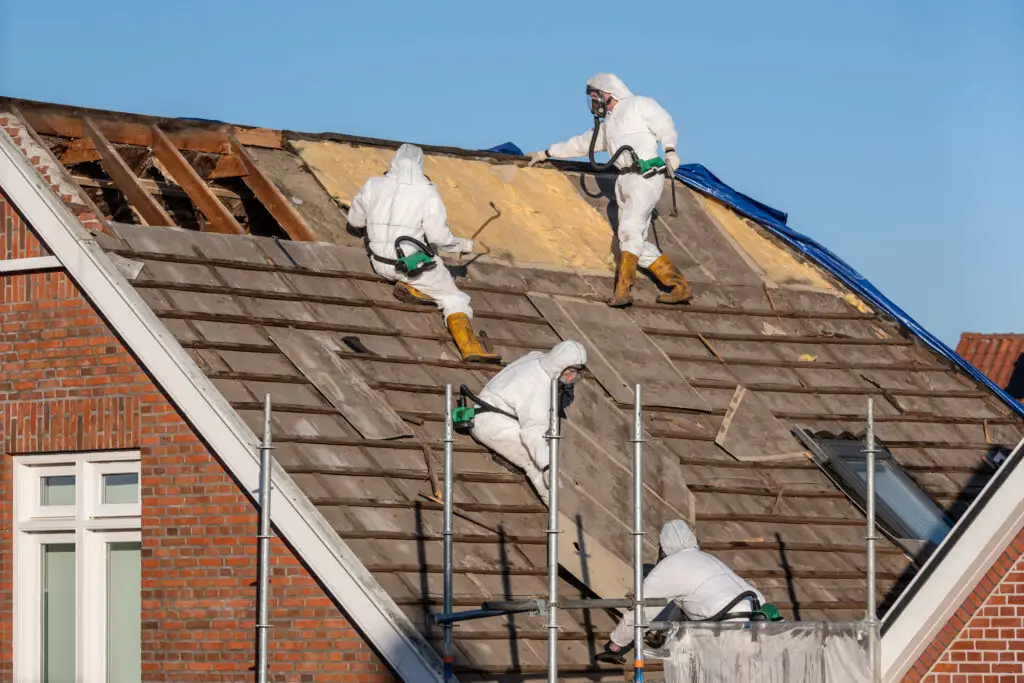
Asbestos has been widely used for decades because it’s fire-resistant and great at insulating buildings. The problem is, when asbestos fibers get disturbed and released into the air, inhaling them can cause serious health issues. One of the most dangerous is mesothelioma, a rare but aggressive cancer that affects the lining of the lungs and abdomen. Many older homes and commercial buildings still have asbestos-containing materials, so exposure is often unintentional during renovations or demolitions.
The tiny fibers can get lodged deep inside the lungs, causing inflammation and damage over time. Because asbestos-related cancers often take decades to show symptoms, it’s tricky to spot early on. This long delay between exposure and illness makes asbestos especially dangerous and deceptive. That’s why proper testing and professional removal are essential when dealing with materials that might contain asbestos.
2. Formaldehyde in Composite Wood Products
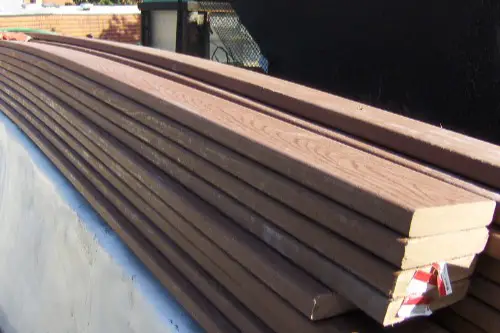
Formaldehyde is a chemical commonly used in adhesives that hold together plywood, particleboard, and other composite wood materials. It slowly releases into indoor air as a gas, which people can inhale daily without realizing it. Exposure to formaldehyde has been linked to certain cancers, including nasopharyngeal cancer and leukemia. The risk is especially high in new homes or buildings with a lot of pressed wood furniture or flooring.
Although manufacturers have been reducing formaldehyde levels in their products, older materials often still emit higher amounts. Ventilating indoor spaces well and choosing low-emission or formaldehyde-free materials can help reduce exposure. It’s one of those invisible dangers that many people overlook, even though it can build up over time. Being aware of this helps when making decisions about renovations or new furniture.
3. Silica Dust from Concrete and Masonry

Silica is a mineral found in many building materials like concrete, bricks, and stone. When these materials are cut, ground, or drilled, tiny silica dust particles become airborne, which workers can easily breathe in. Prolonged exposure to respirable crystalline silica dust has been linked to lung cancer as well as other lung diseases like silicosis. Because silica dust is so fine, it can reach deep into the lungs and cause lasting damage.
This risk is particularly high for construction workers, masons, and anyone involved in demolition or concrete cutting. Wearing protective masks and using dust control methods can significantly reduce exposure. Unfortunately, many workers don’t realize how dangerous silica dust can be until symptoms appear years later. Awareness and protective measures are crucial in reducing the cancer risk associated with silica.
4. Lead-Based Paint
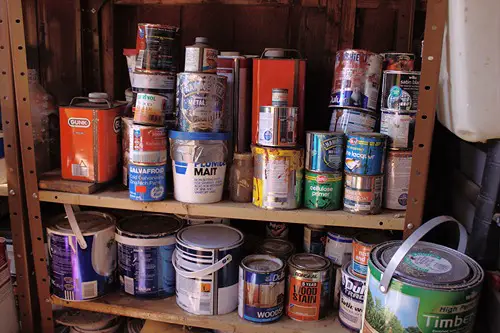
Lead was commonly added to paint for durability and moisture resistance until its health risks became clear. Exposure to lead dust or chips can increase cancer risk, particularly stomach and lung cancers, after long-term contact. Homes built before the 1970s often still have lead-based paint, which can deteriorate and release toxic dust. Children and adults living or working in these environments can unknowingly breathe in or ingest lead particles.
The danger is compounded when lead paint is disturbed during renovations or scraping. Lead poisoning also affects many other body systems, but its cancer connection adds another serious reason to be cautious. Safe removal or encapsulation by professionals is essential to reduce these risks. It’s one of those hidden hazards that many old buildings still carry.
5. Vinyl Chloride in PVC Pipes and Flooring
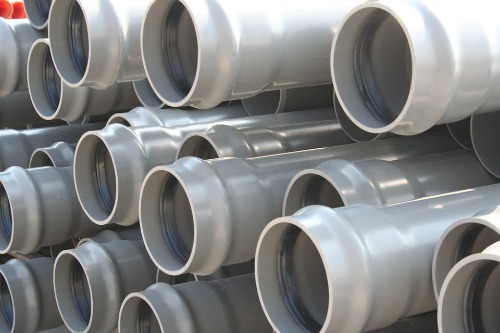
PVC (polyvinyl chloride) is everywhere in construction—from pipes to flooring materials. The problem arises with vinyl chloride, the chemical used to make PVC, which is a known human carcinogen. Workers involved in manufacturing or cutting PVC products can inhale vinyl chloride vapors or dust, increasing their cancer risk, especially liver cancer. Even though finished PVC products are relatively stable, improper handling or burning of PVC materials can release toxic gases.
Because PVC is so common in homes and commercial buildings, exposure can be widespread but less obvious. Burning PVC, for example during fires or improper disposal, releases carcinogenic compounds into the air. Handling and recycling PVC safely helps reduce these hazards. Understanding the risks tied to PVC can encourage safer use and disposal in building projects.
6. Coal Tar in Roofing and Sealants
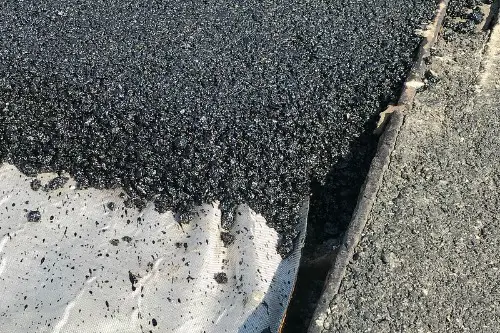
Coal tar was a popular ingredient in roofing materials and sealants because of its waterproofing properties. However, coal tar contains polycyclic aromatic hydrocarbons (PAHs), which are known carcinogens linked to skin, lung, and bladder cancers. Workers applying or removing coal tar products may inhale or absorb these harmful chemicals through the skin. Many older roofs and pavements still contain coal tar-based products, posing ongoing exposure risks.
Direct skin contact and inhalation during hot applications increase the risk, which is why protective equipment is necessary. The carcinogenic PAHs in coal tar are persistent and don’t break down easily in the environment. Awareness of this helps both workers and homeowners recognize when replacement or remediation is needed. Safer alternatives have mostly replaced coal tar, but legacy materials remain a concern.
7. Chromium in Cement and Stainless Steel
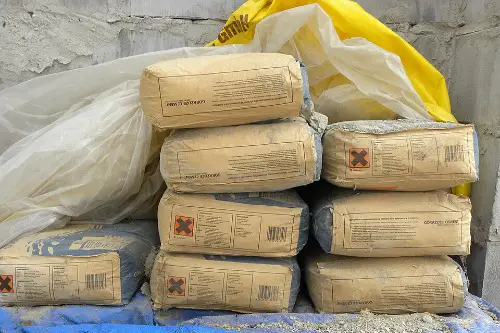
Chromium, especially hexavalent chromium, is used in cement and stainless steel manufacturing and has been linked to lung cancer. Construction workers exposed to cement dust containing chromium can inhale this toxic form, which damages lung tissues over time. Hexavalent chromium is especially dangerous because it can enter cells and cause genetic mutations. This risk is one reason why cement handling always requires dust control and respiratory protection.
Although chromium is useful for strengthening materials, its health risks can’t be ignored. Proper safety protocols and protective gear help reduce inhalation of hazardous dust. Workers in metal finishing and welding industries also face chromium exposure, making awareness essential across construction fields. Limiting exposure reduces the long-term cancer risks linked to this heavy metal.
8. Arsenic in Pressure-Treated Wood
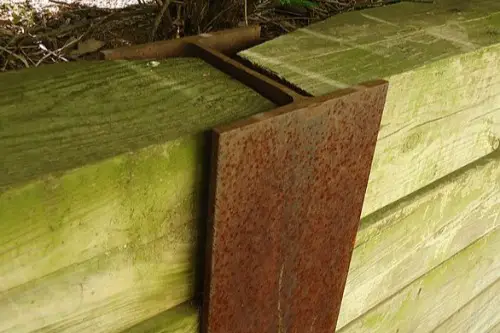
Pressure-treated wood is often infused with arsenic compounds to resist rot and pests, especially in outdoor decks and playgrounds. Arsenic is a well-known carcinogen linked to skin, lung, and bladder cancers after prolonged exposure. Handling or cutting this wood can release arsenic dust or splinters, which can be absorbed through the skin or inhaled. Old pressure-treated wood, especially before 2004, contains higher arsenic levels compared to newer, safer treatments.
Many people don’t realize the risks when using or disposing of this wood around their homes. Proper precautions, including gloves and masks, are important during cutting or demolition. Avoid burning pressure-treated wood, as this releases highly toxic arsenic-containing smoke. Being informed helps prevent unnecessary arsenic exposure in everyday environments.
9. Cadmium in Pigments and Plastics

Cadmium is a heavy metal used in pigments, plastics, and coatings in some building materials to enhance color and durability. Unfortunately, cadmium is toxic and classified as a human carcinogen, linked to lung and prostate cancers. Workers involved in manufacturing or sanding painted surfaces can inhale cadmium dust or fumes. Though less common today, older buildings or products might still contain cadmium-based materials.
Cadmium accumulates in the body over time, increasing health risks with prolonged exposure. Protective gear and careful handling are crucial to prevent inhalation or skin contact during renovations. Awareness of cadmium’s presence helps workers take appropriate safety measures. Safer alternatives are increasingly replacing cadmium in newer materials.
10. Benzene in Solvents and Adhesives
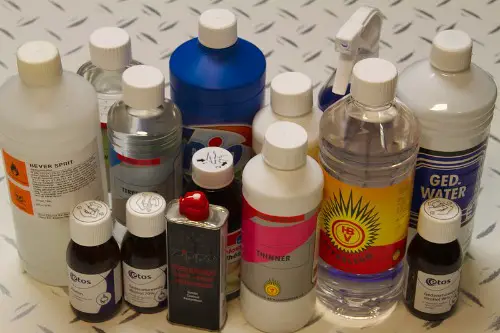
Benzene is a chemical found in many solvents, adhesives, and sealants used during building and remodeling. It’s a known carcinogen linked to leukemia and other blood cancers. Exposure often occurs through inhalation of fumes during application or from off-gassing after installation. Because benzene evaporates quickly, indoor air can become contaminated without proper ventilation.
People working with these products without protection face the highest risks, especially in enclosed spaces. Regulations have reduced benzene levels in many products, but it’s still present in some construction chemicals. Using low-VOC adhesives and ensuring fresh air circulation helps minimize exposure. Knowing about benzene risks encourages safer product choices on job sites.
11. Polychlorinated Biphenyls (PCBs) in Caulking and Sealants
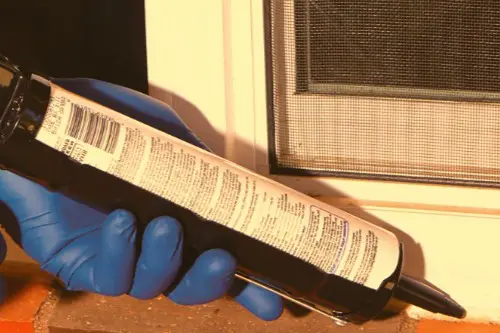
PCBs were widely used in building materials like caulking, paints, and sealants from the 1950s to the 1970s. These chemicals are persistent environmental pollutants and have been linked to several cancers, including liver and skin cancer. PCBs can slowly leach out over time, contaminating indoor air and dust. Many older commercial and institutional buildings still contain PCB-laden materials, making exposure a real concern during renovation.
Because PCBs don’t break down easily, they accumulate in the environment and in human tissues. Handling or disturbing old caulking and sealants without proper precautions can release PCBs. Professional removal and testing are often necessary to manage this risk safely. Being aware of PCBs helps avoid unintentional exposure in older buildings.
12. Chromium VI in Leather and Some Sealants
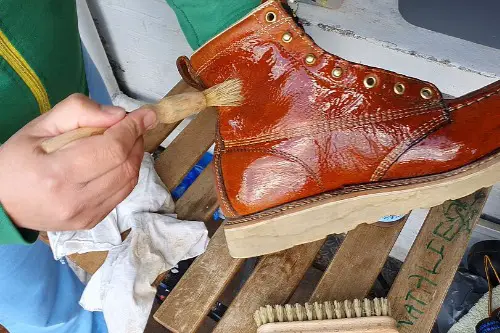
Chromium VI, a toxic form of chromium, is sometimes found in leather treatments and certain industrial sealants used in construction. It’s a known carcinogen linked mainly to lung cancer from inhalation of dust or fumes. Although less common than other chromium compounds, Chromium VI exposure still occurs in some specialized building applications. The risk is highest for workers who handle or apply these materials regularly without protection.
Protective measures like gloves and respirators are essential to prevent contact and inhalation. Regulations limit Chromium VI use, but older products might still contain it. Awareness and safety protocols help reduce long-term cancer risks linked to this chemical. Understanding the presence of Chromium VI encourages safer choices and practices on construction sites.
This post 12 Common Building Materials That Are Now Linked to Cancer Risks was first published on Greenhouse Black.
